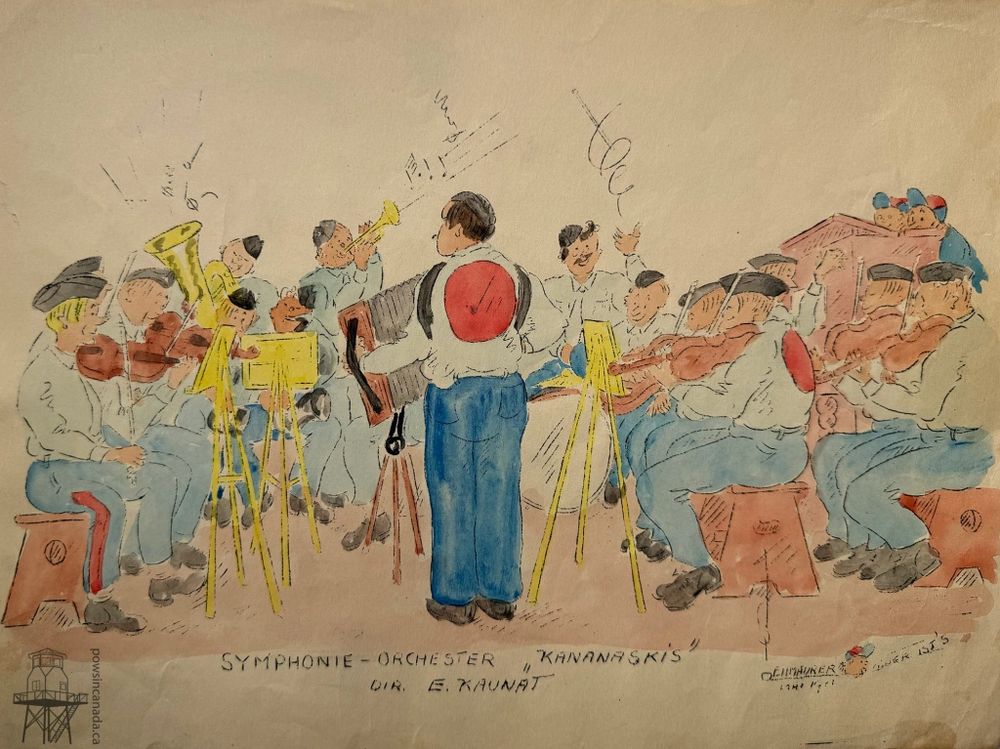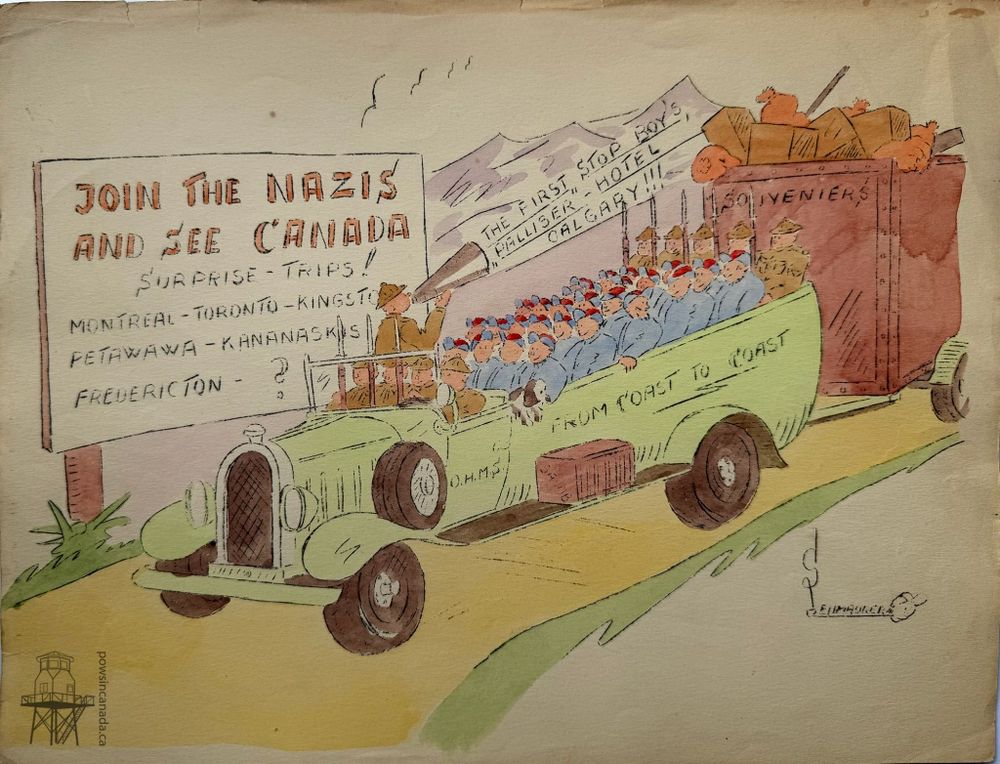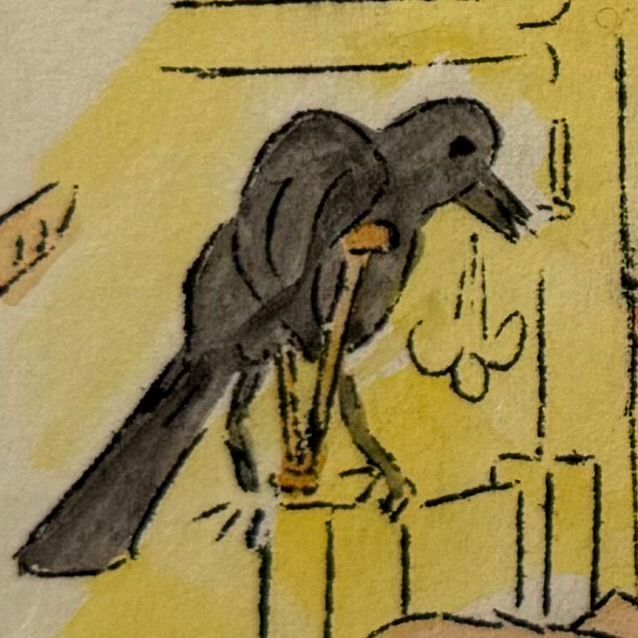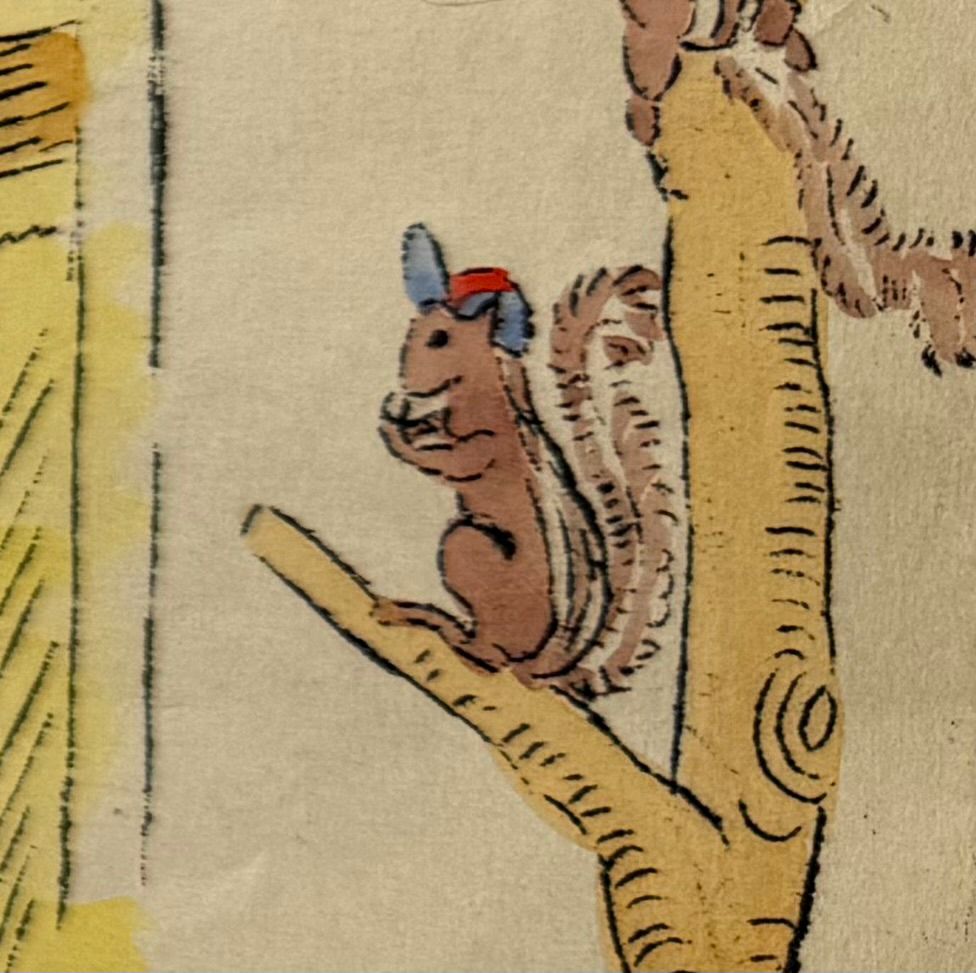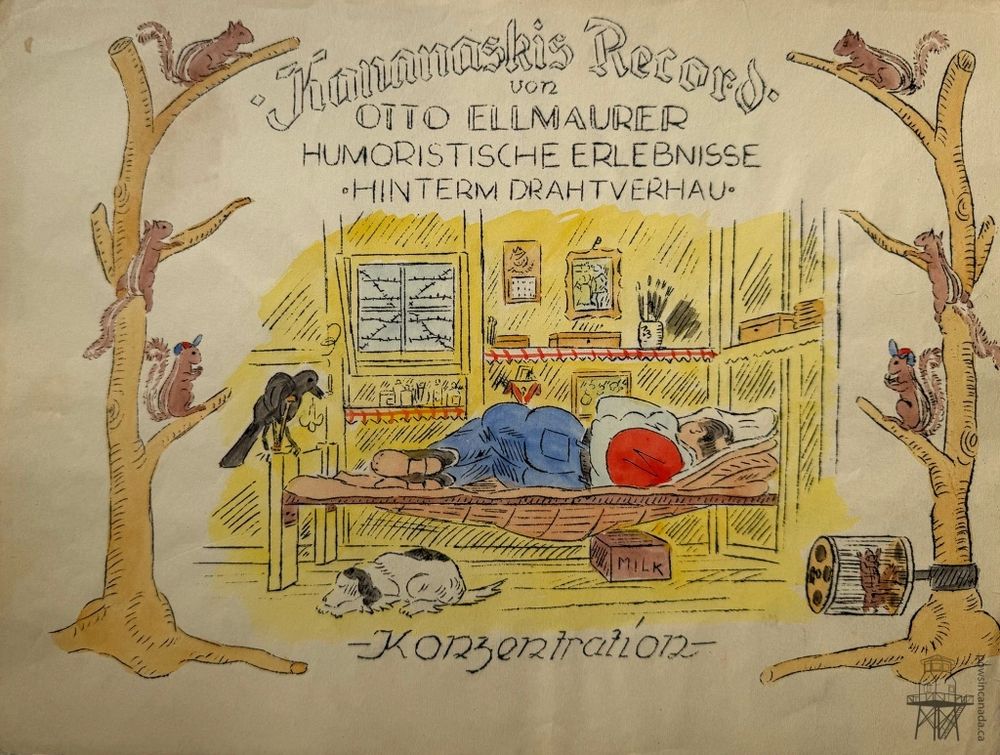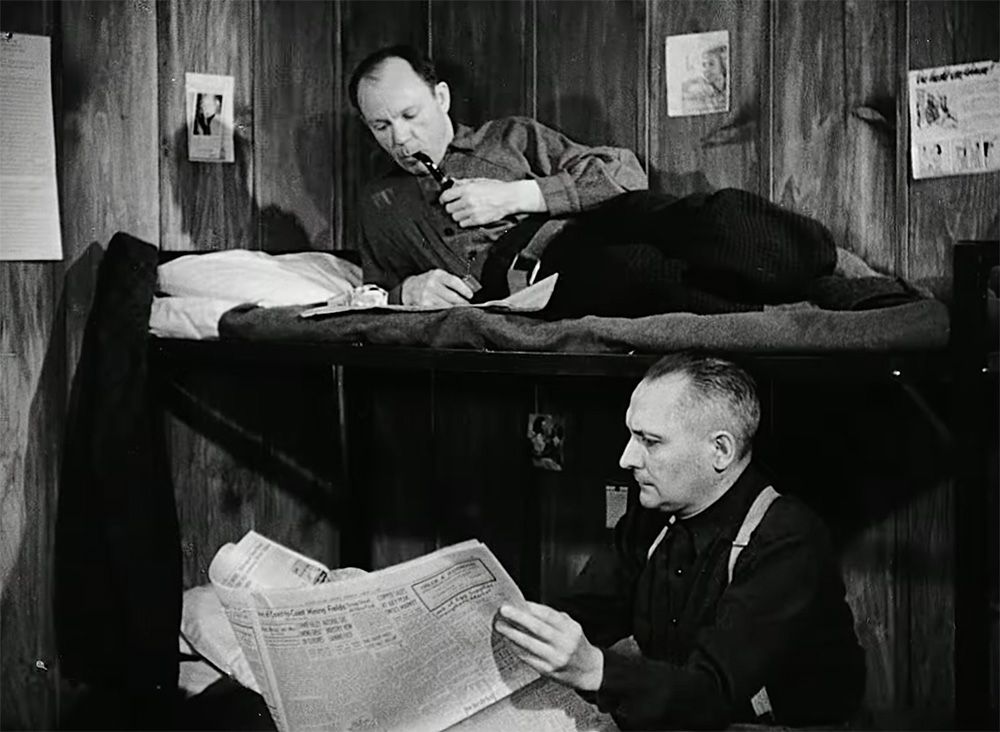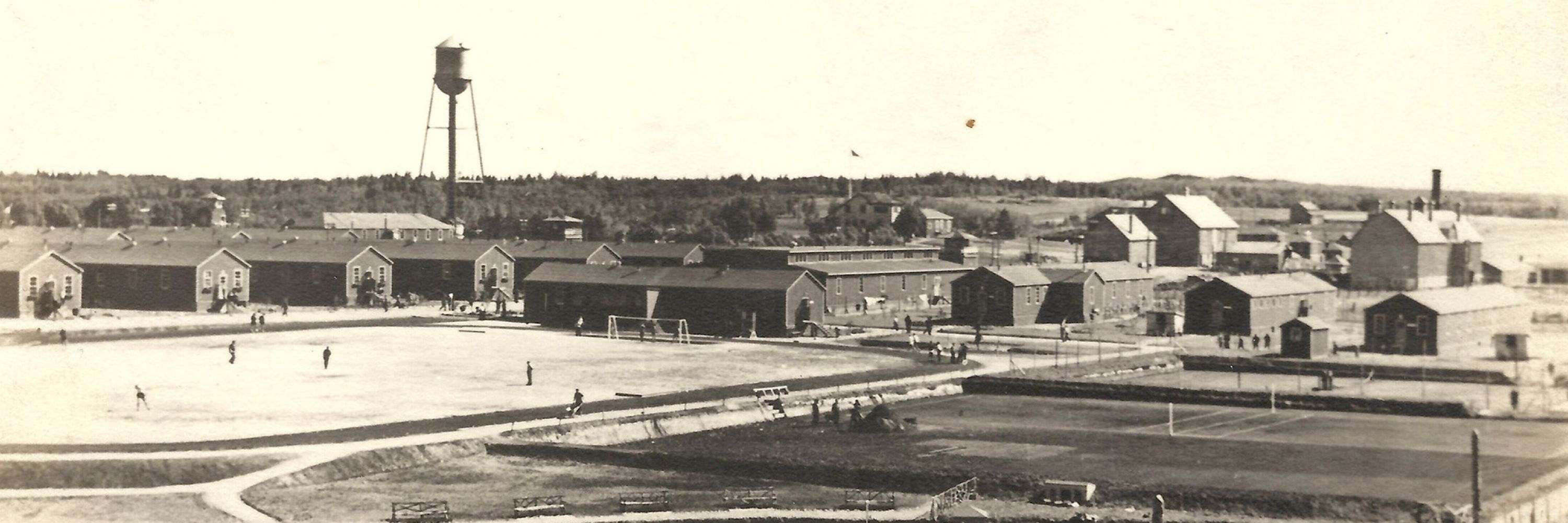
www.powsincanada.ca
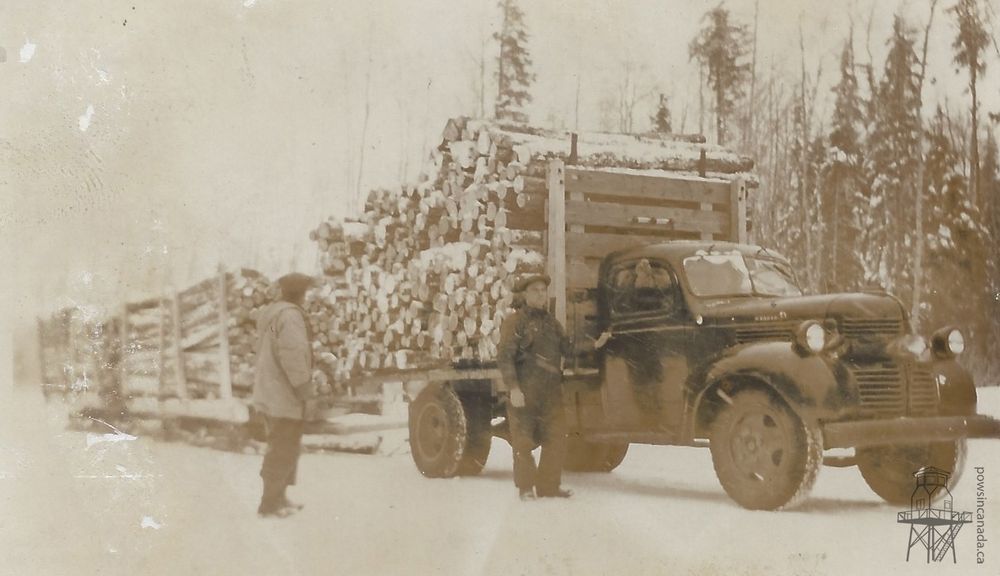
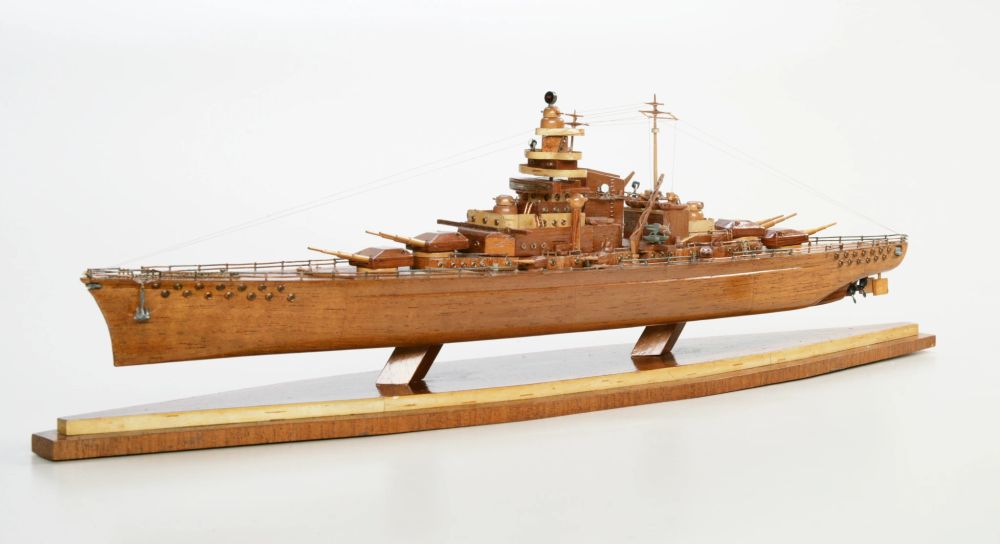
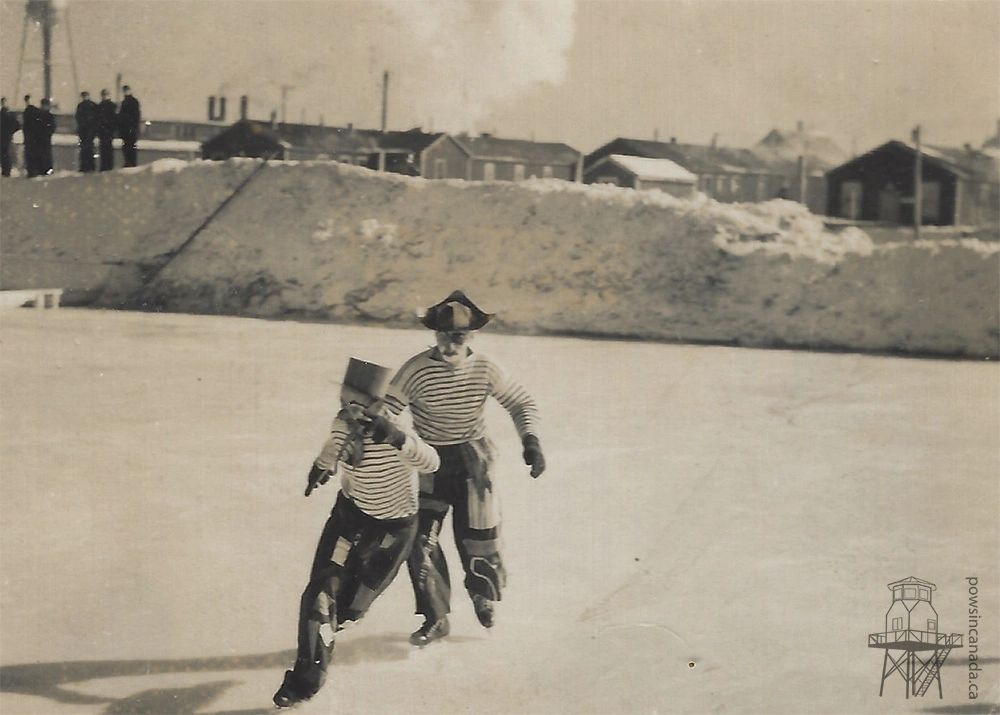
Hopefully everyone has better luck with the Easter Bunny than these two internees!
More about Ellmaurer and his art at powsincanada.ca/2025/03/18/k...
#cdnhist #wwii
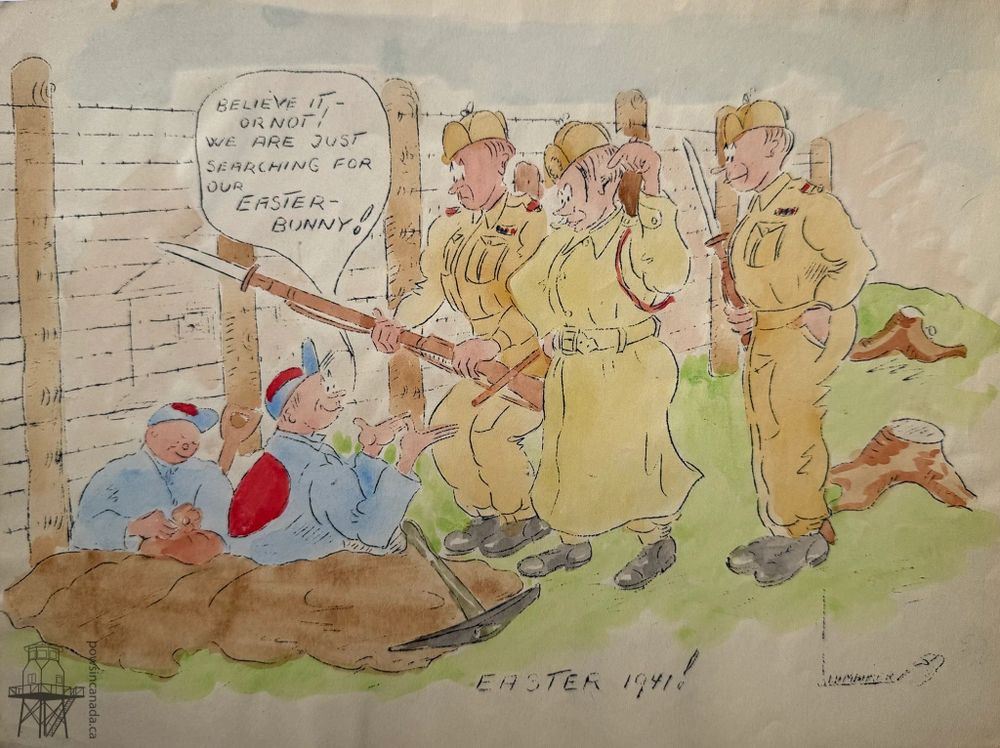
Hopefully everyone has better luck with the Easter Bunny than these two internees!
More about Ellmaurer and his art at powsincanada.ca/2025/03/18/k...
#cdnhist #wwii
![Cartoon print of a camp scene. Several internees mill about while a guard states “It’s so nice and homelike — But that Goddamn Parade [swearing symbols]”](https://cdn.bsky.app/img/feed_thumbnail/plain/did:plc:j6d27hrtwv5qe6azv7bptbqt/bafkreif3suoyq4vjx5hzc7epvtun4hfotwndjegvvyeyg7z3ex4dhht4ai@jpeg)


This print likens internees to babies and their guards to nannies. Utter chaos appears to reign in the room.
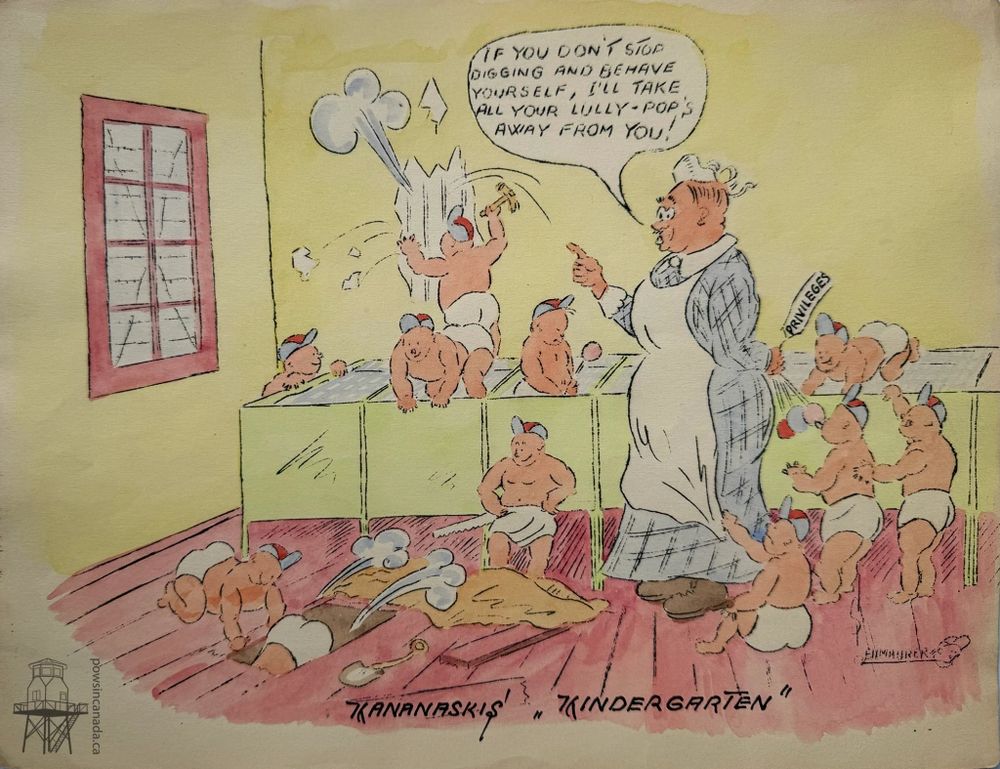
This print likens internees to babies and their guards to nannies. Utter chaos appears to reign in the room.

